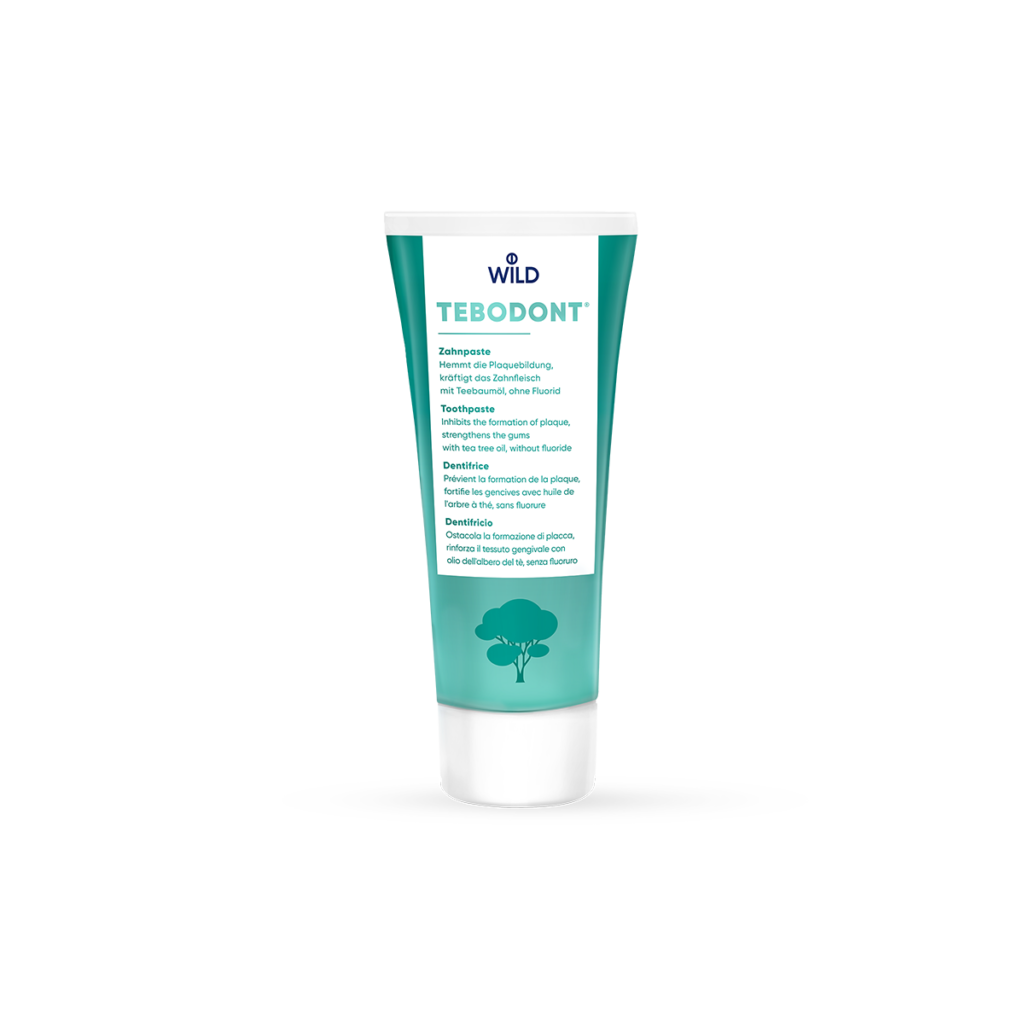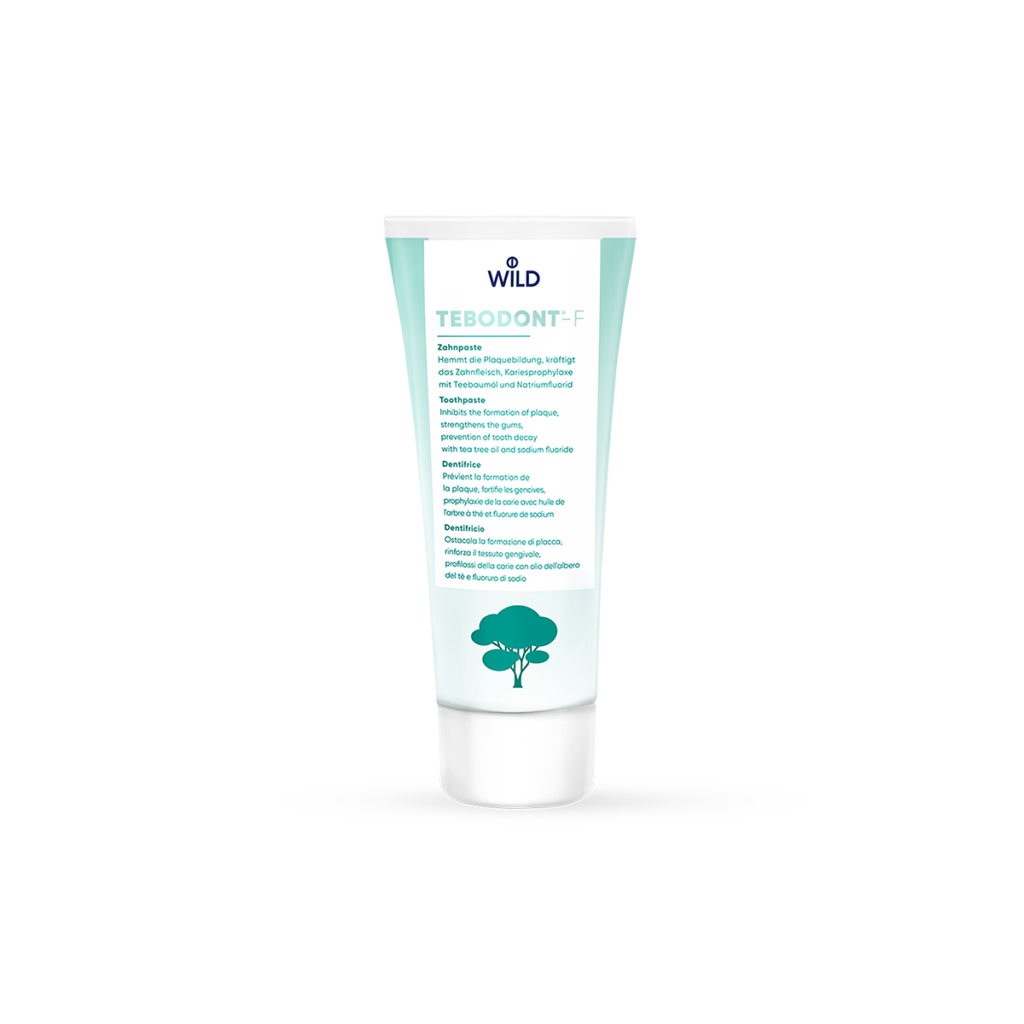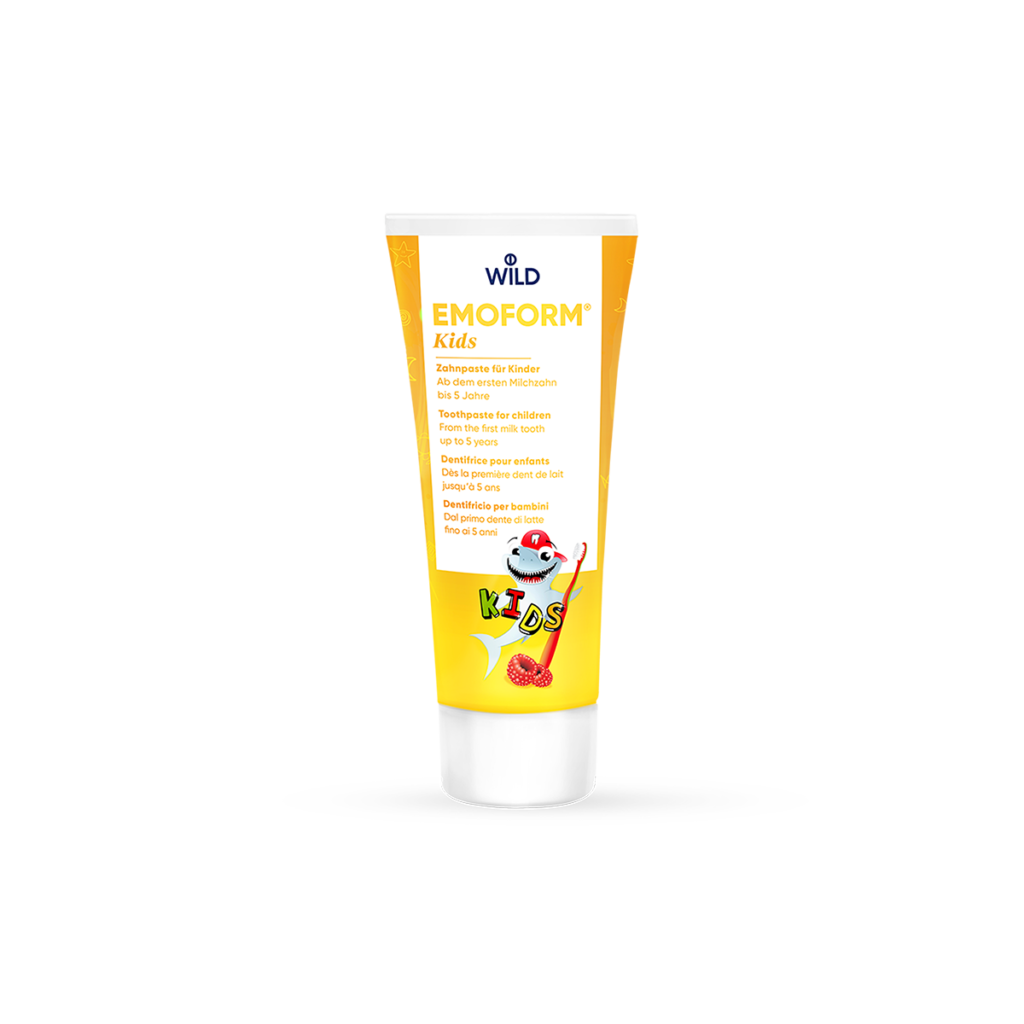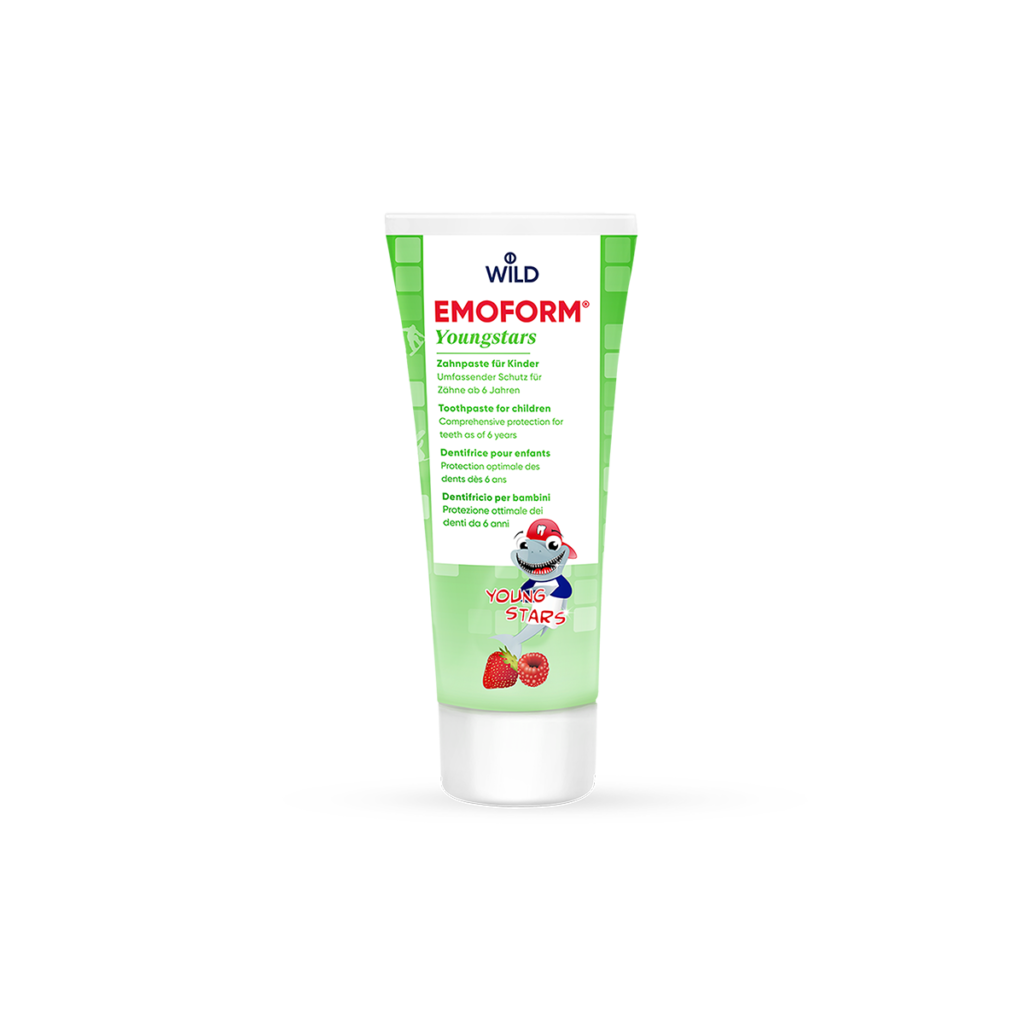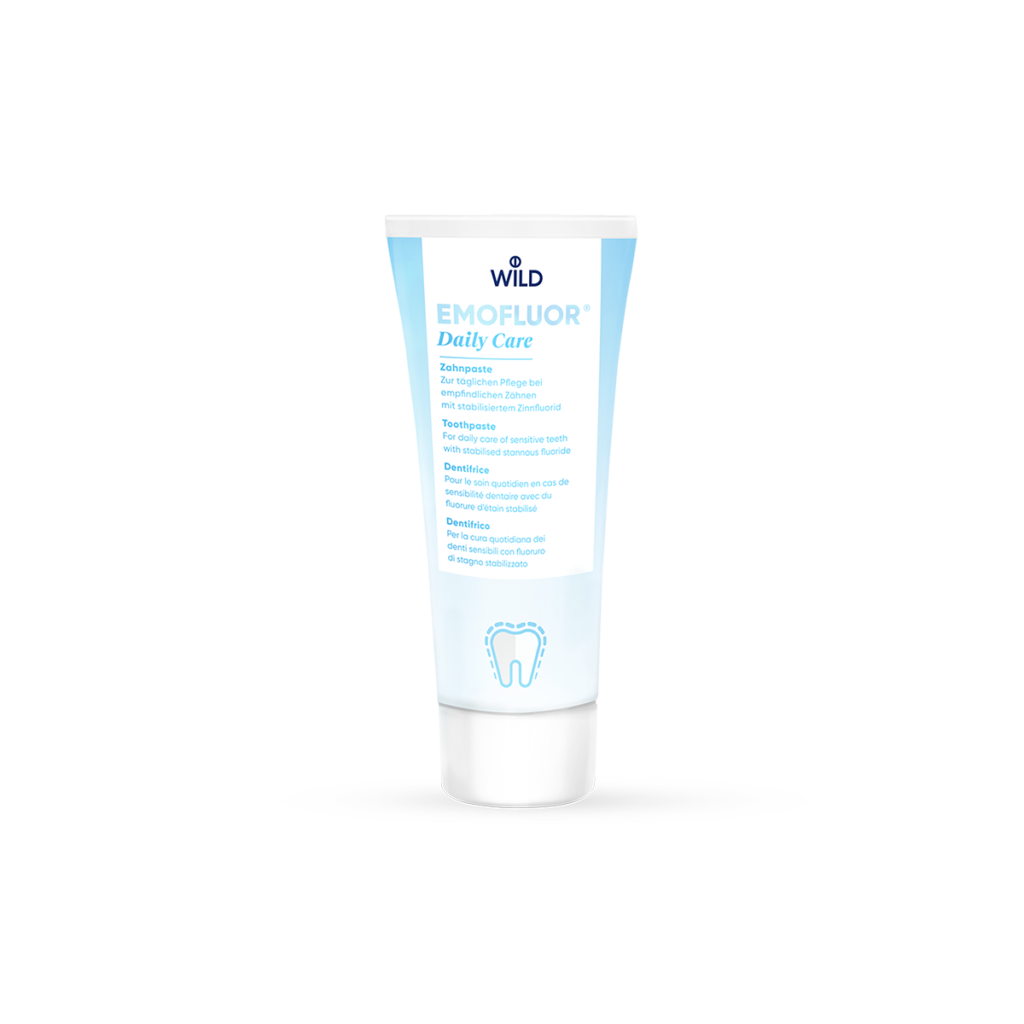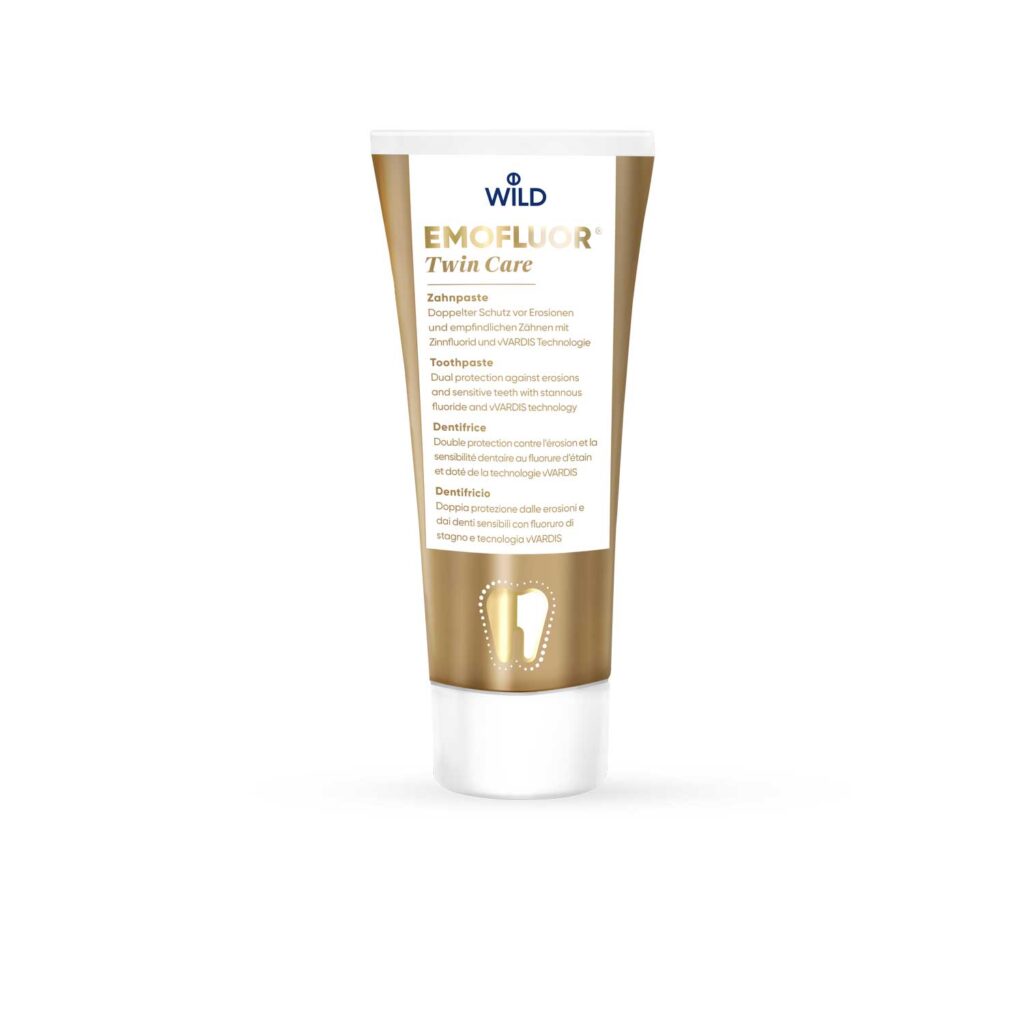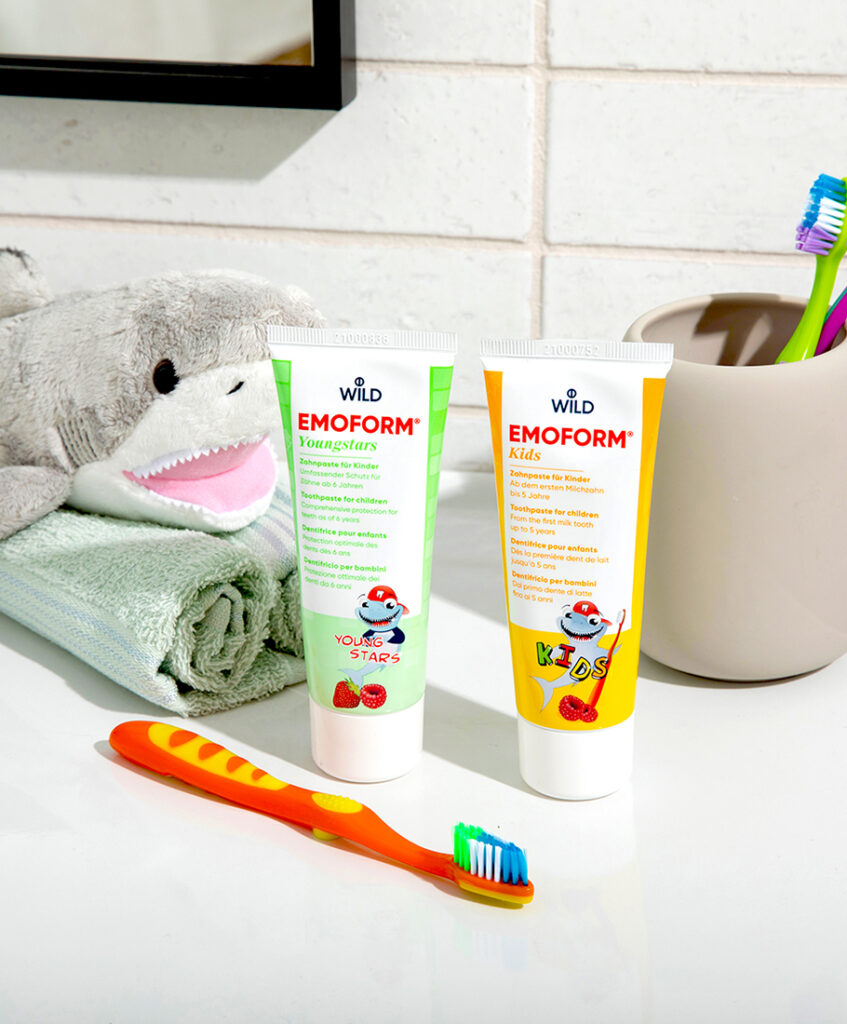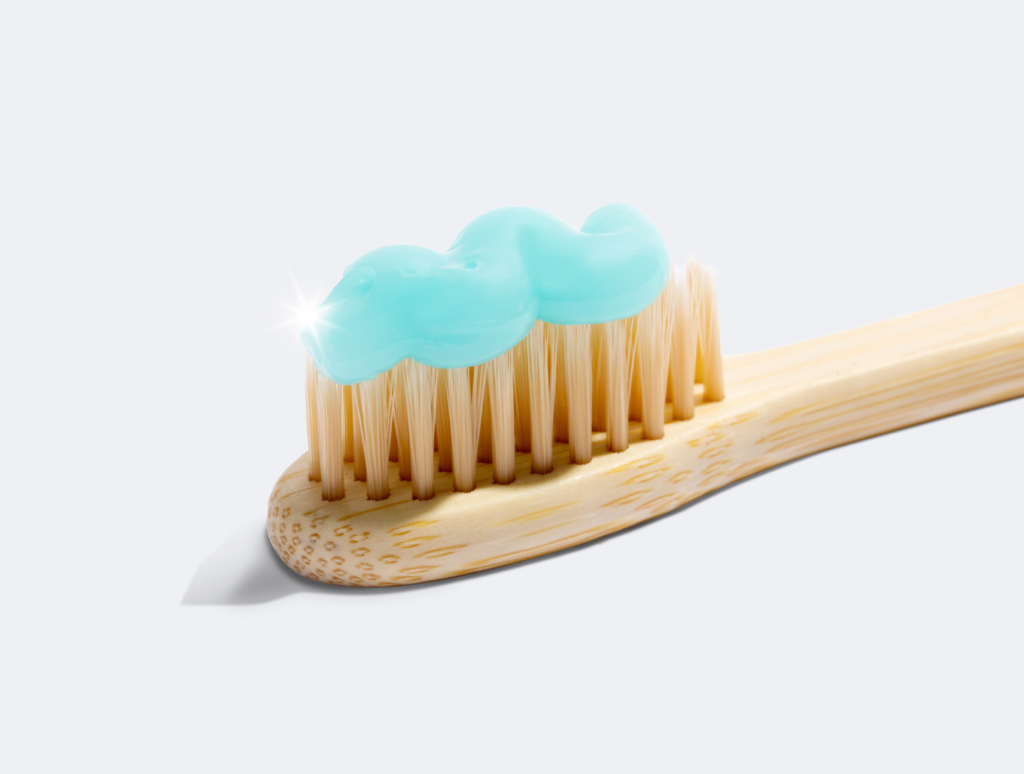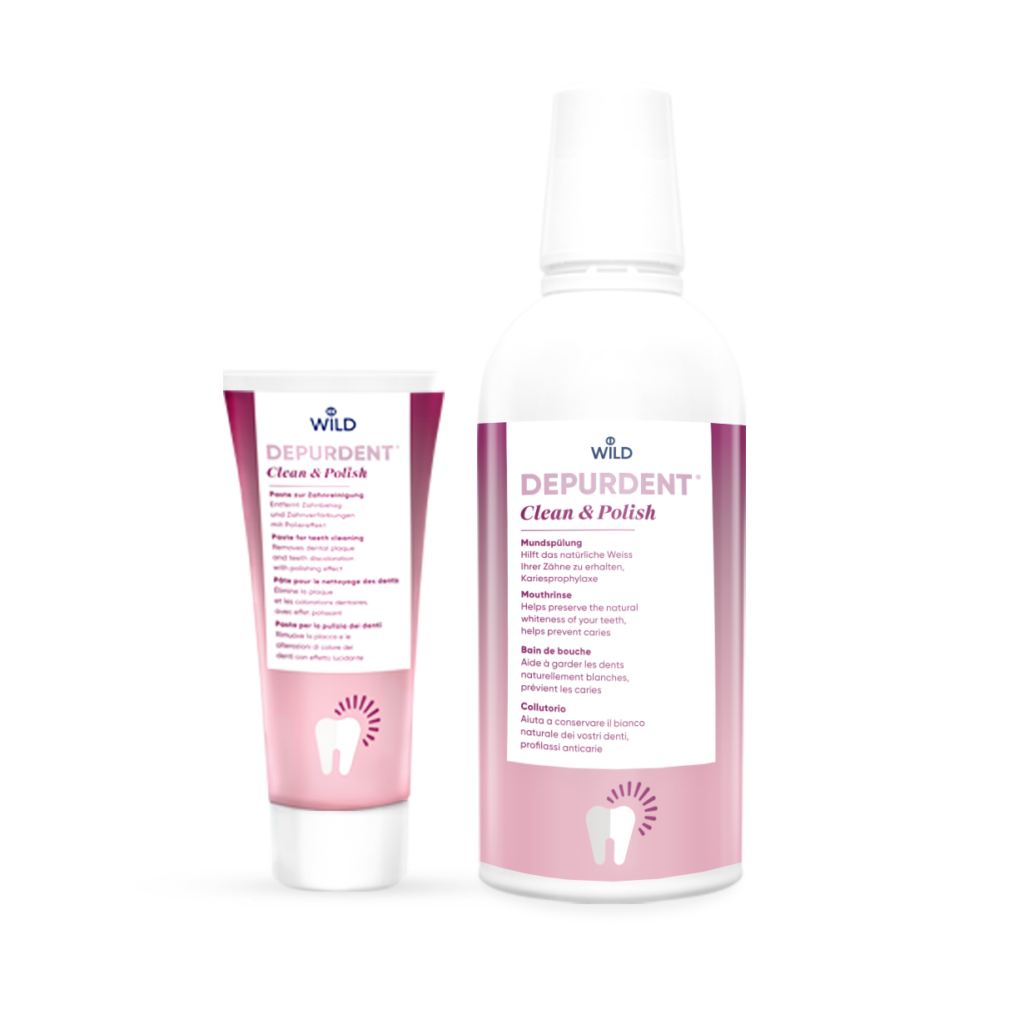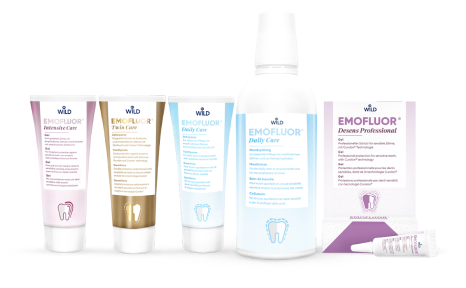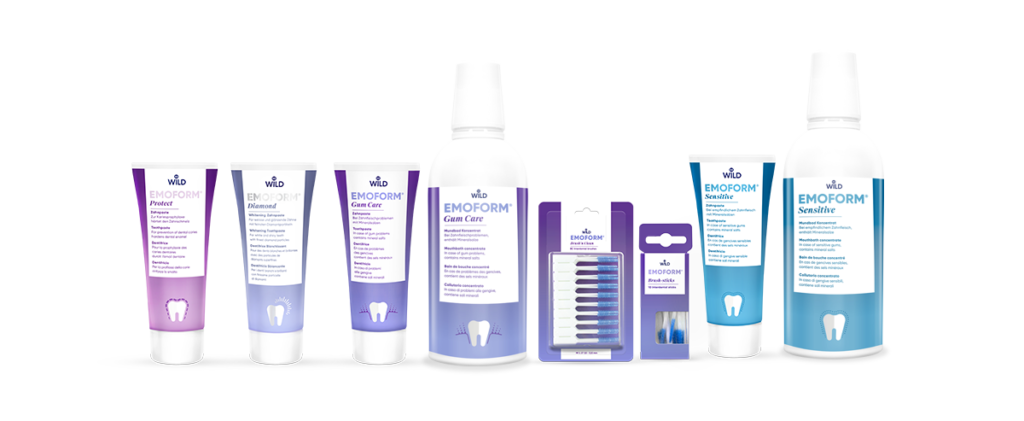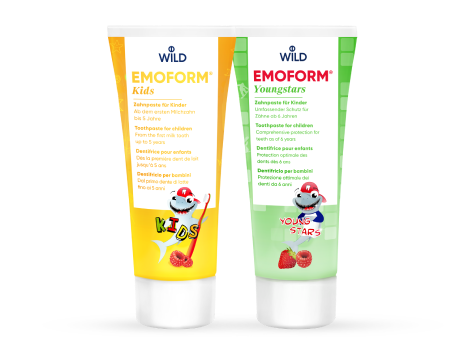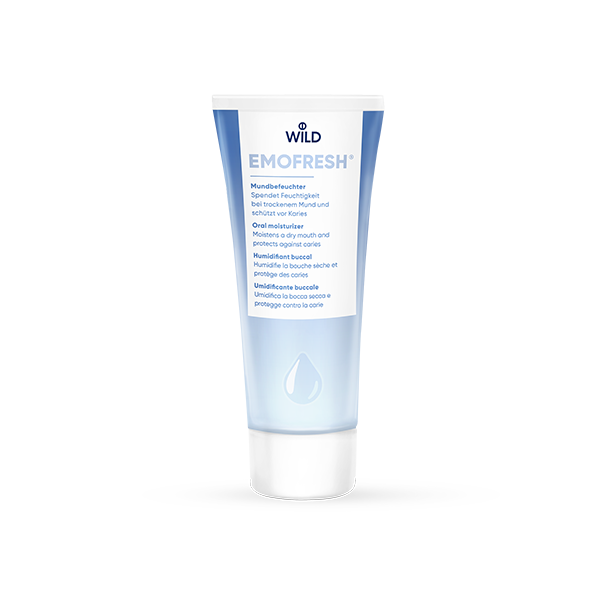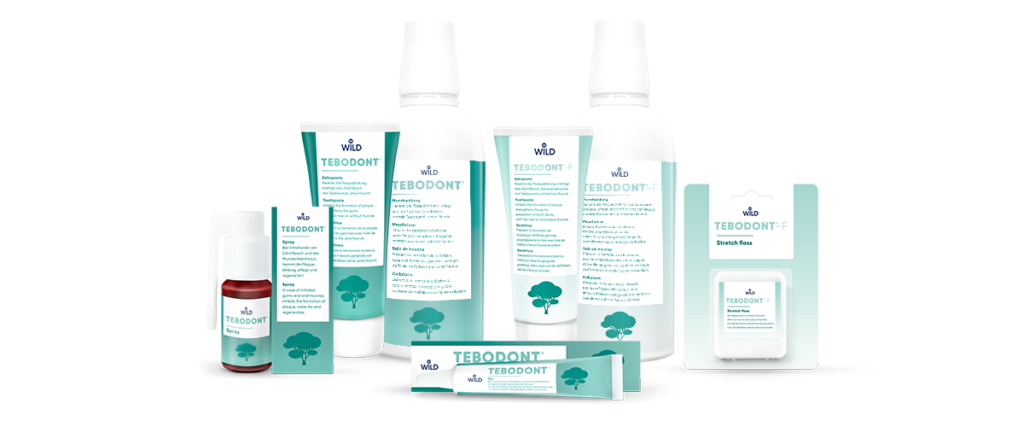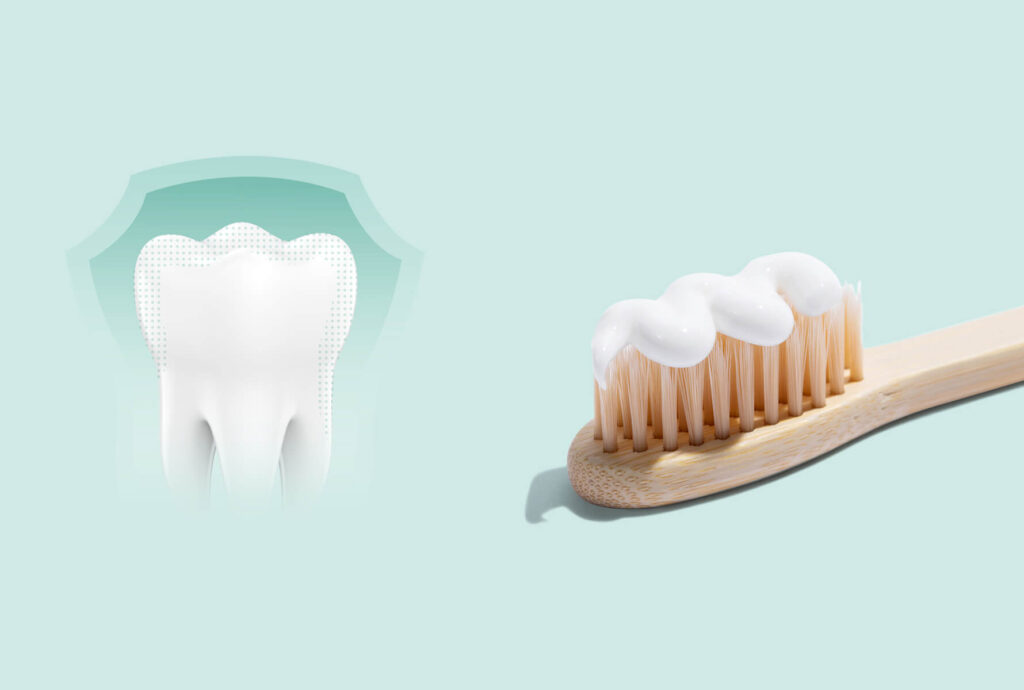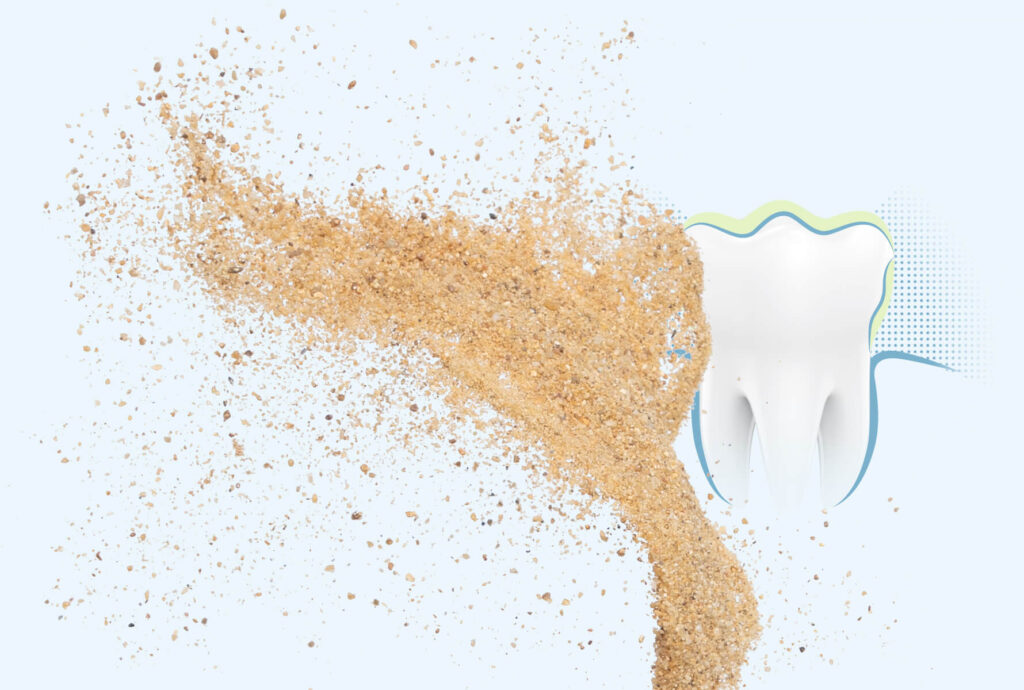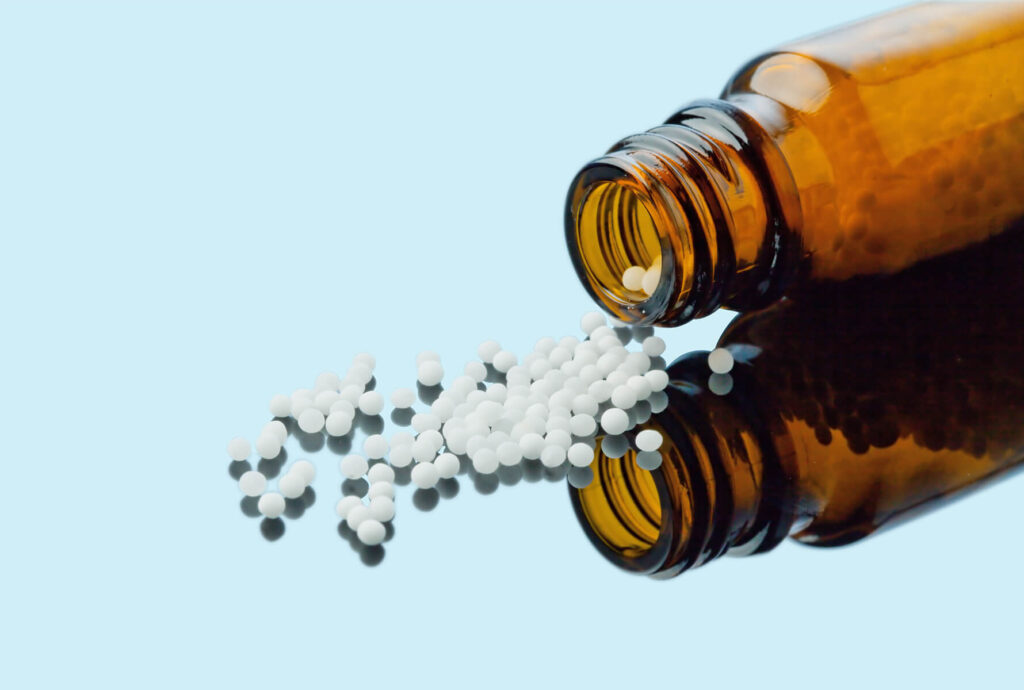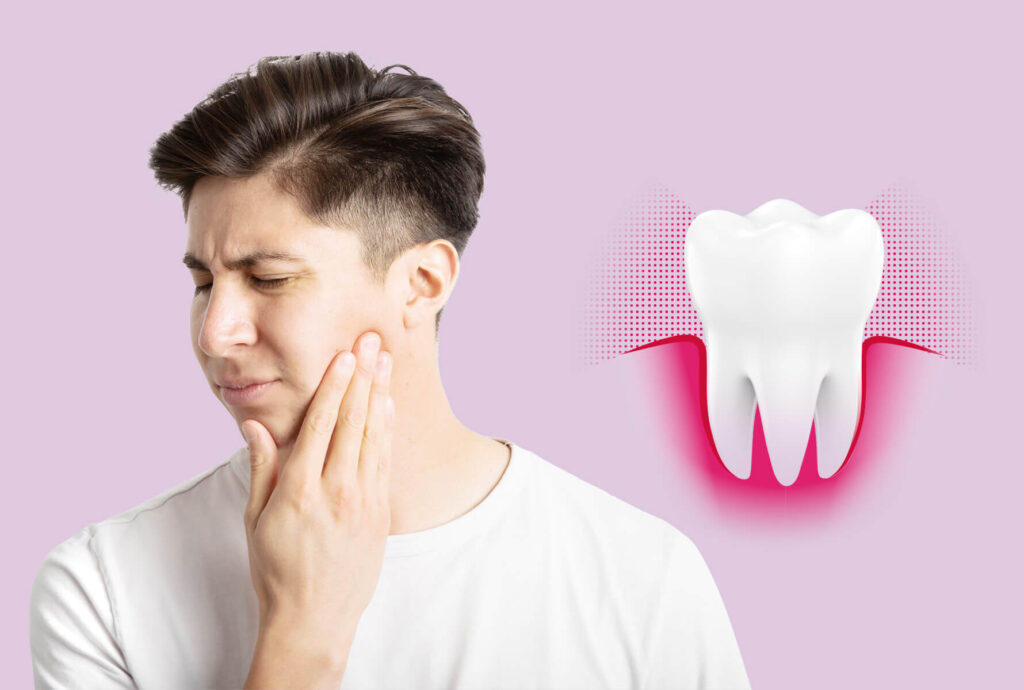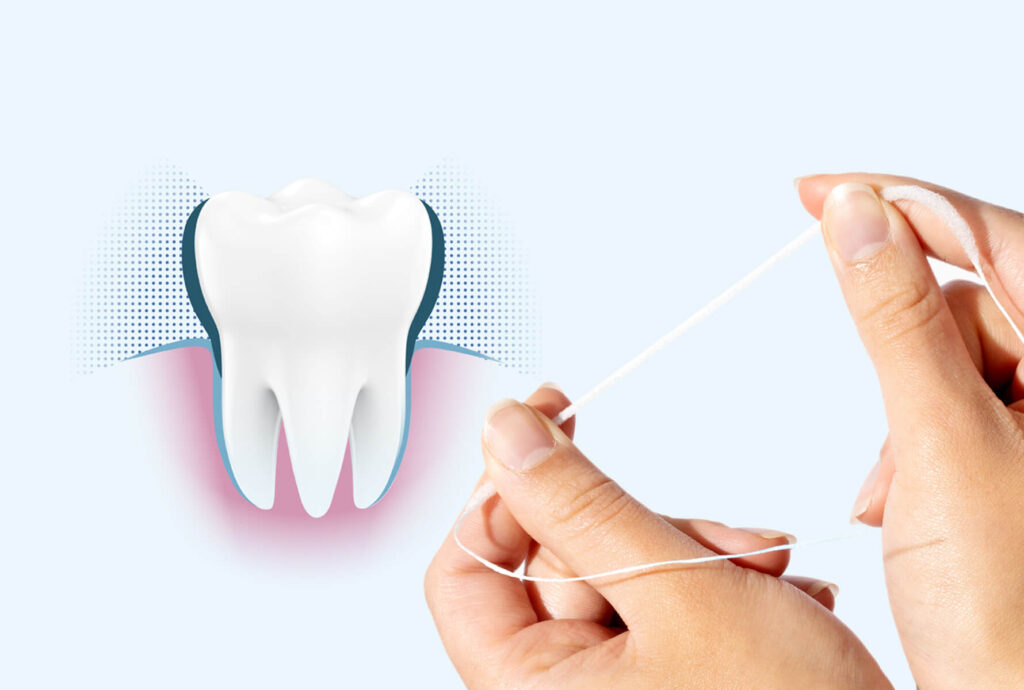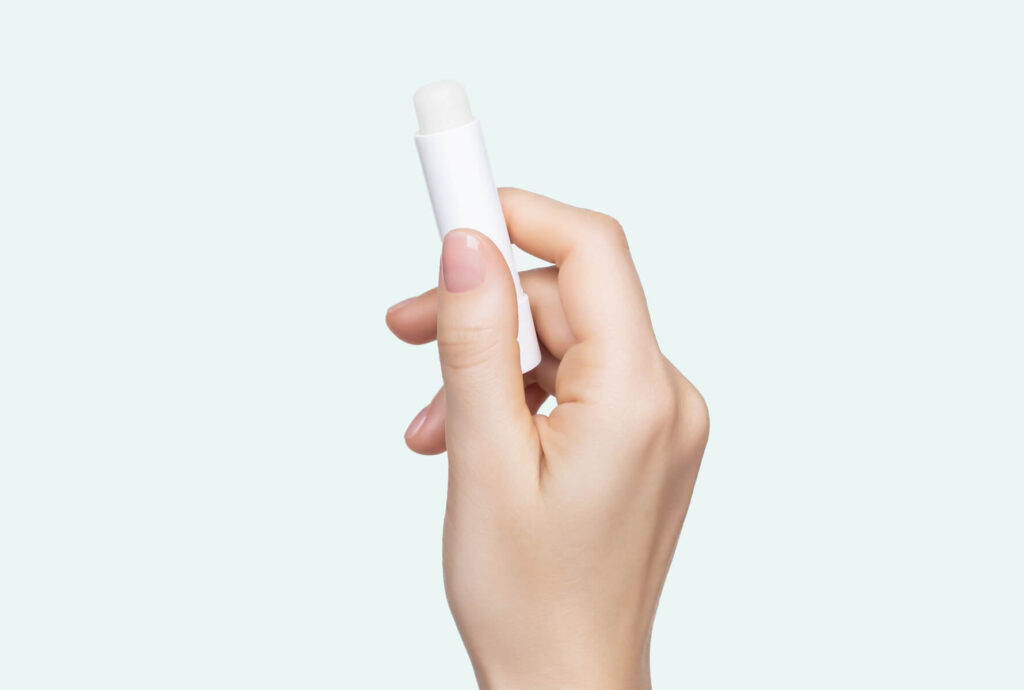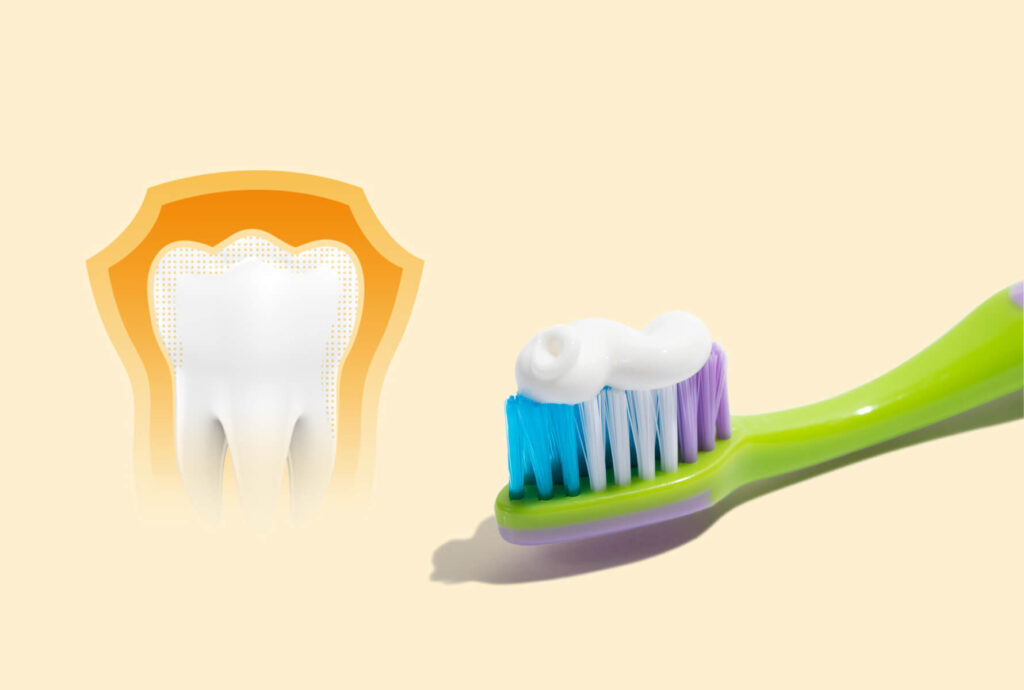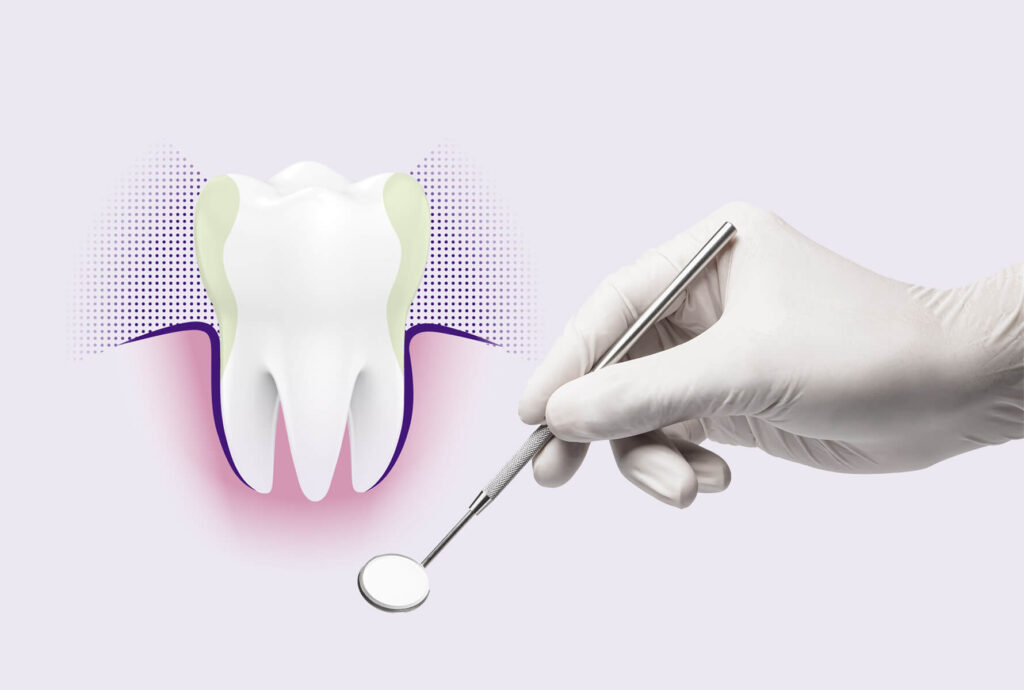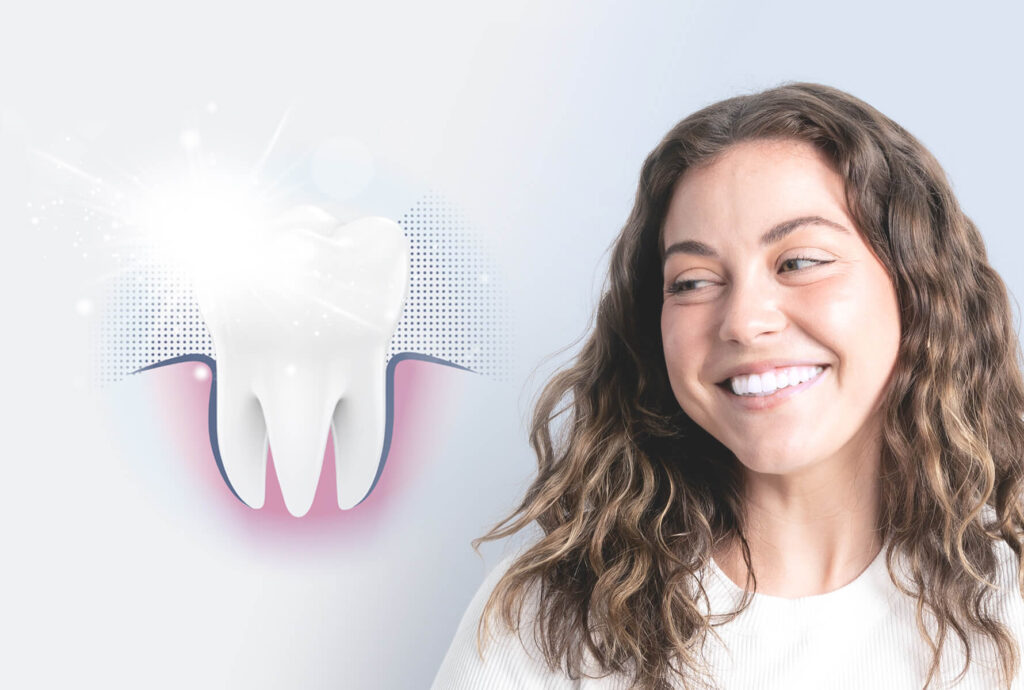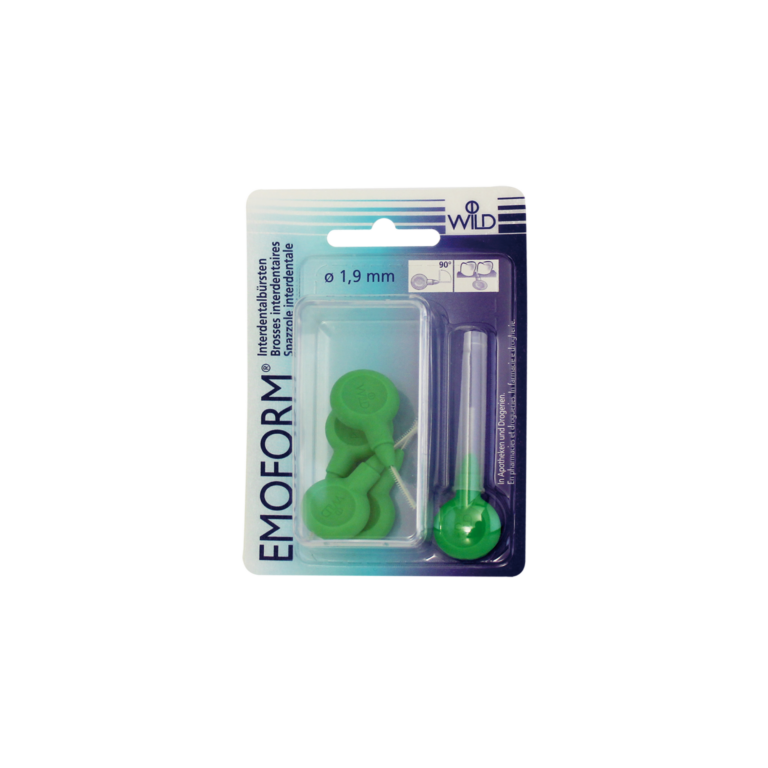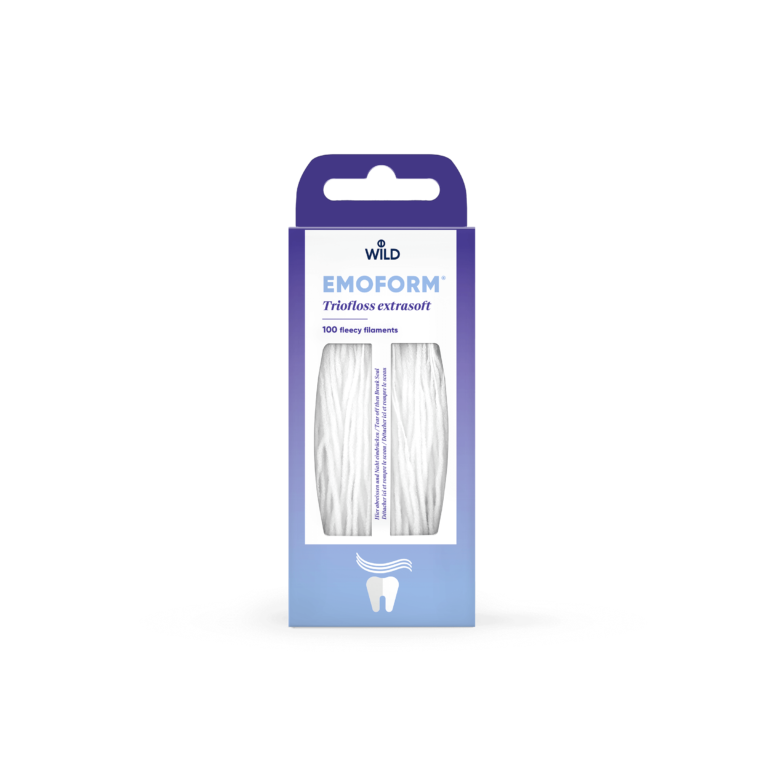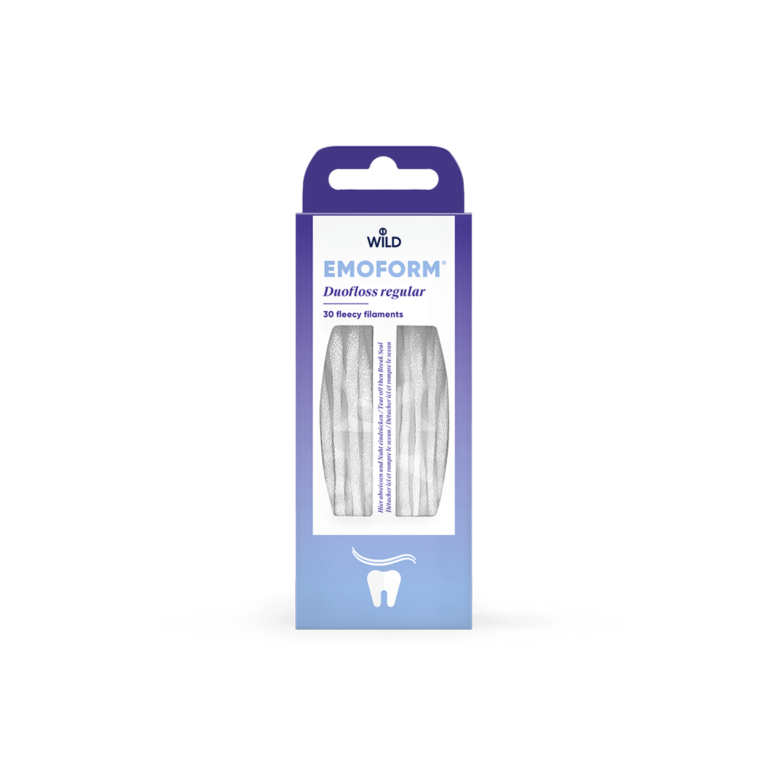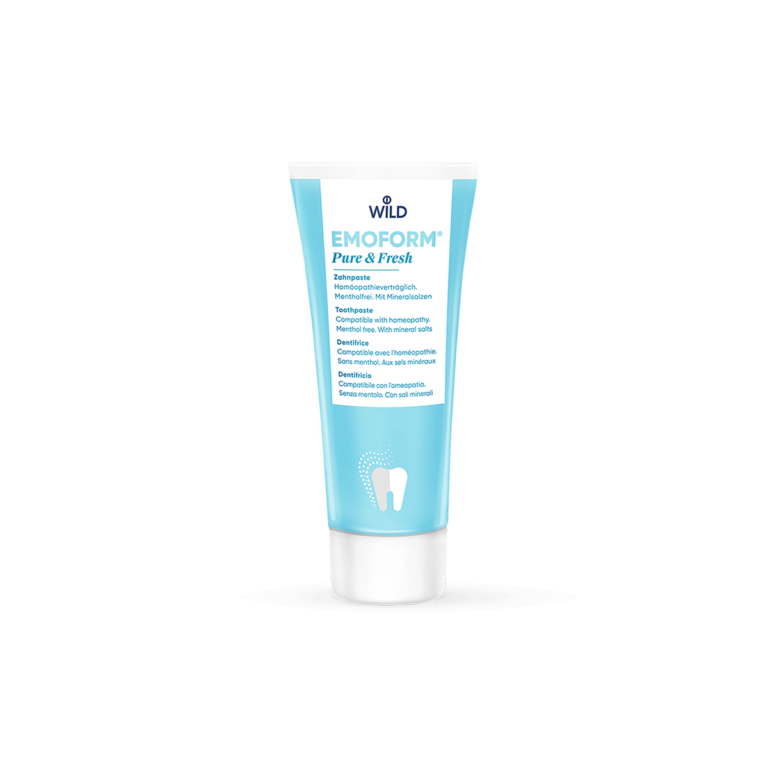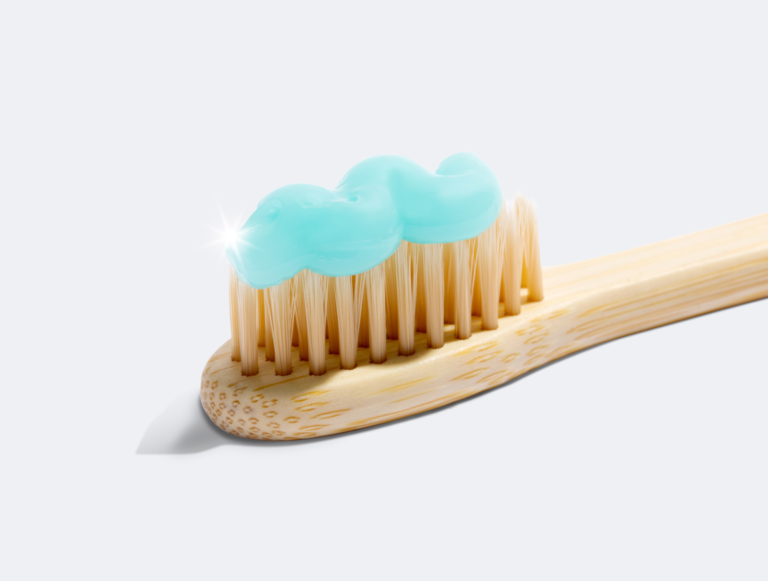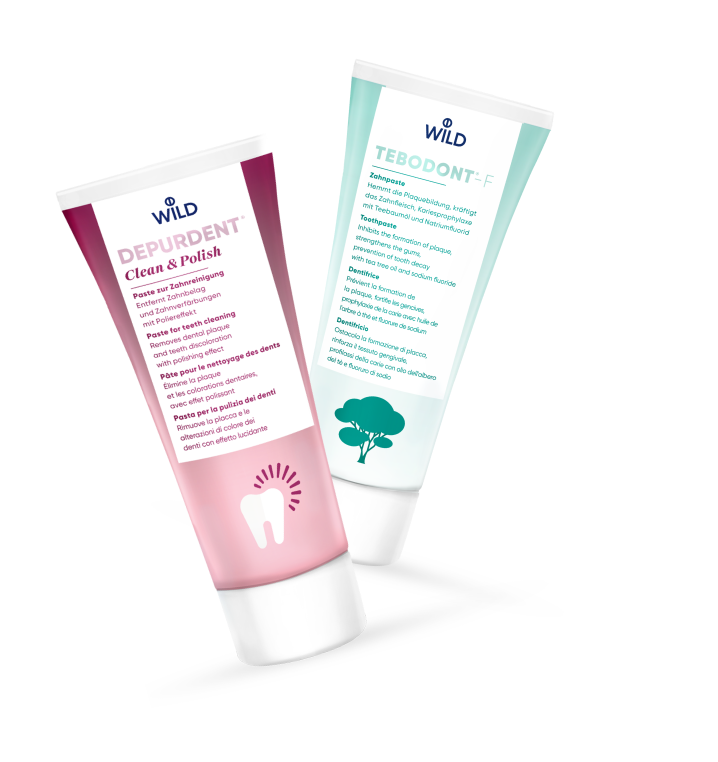Toothpaste without fluoride – Is fluoride harmful?
Whether toothpaste should be fluoride-free or contain fluoride is widely debated among the population
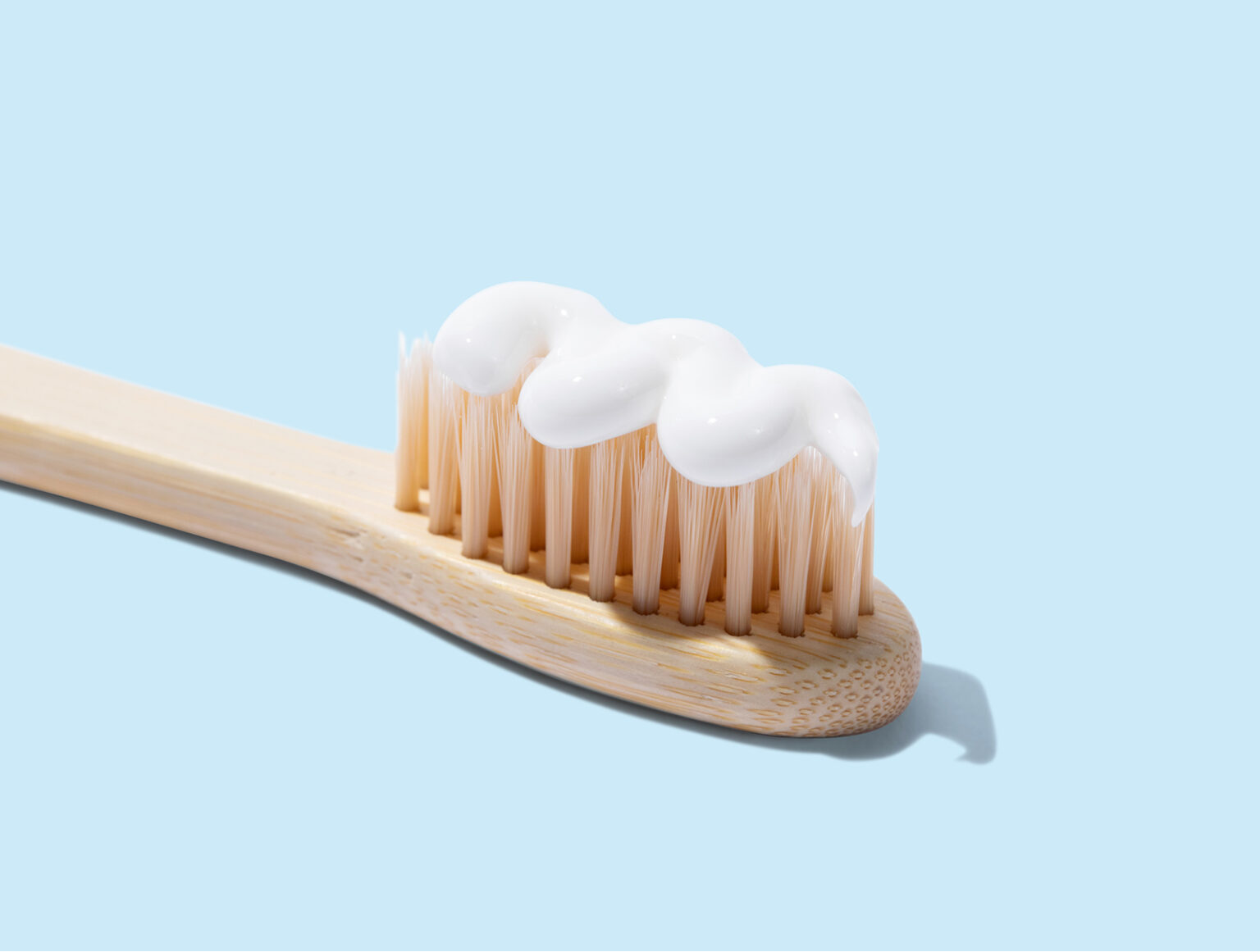
The demand for toothpaste without fluoride has increased in recent years. Whether toothpaste should be fluoride-free or contain fluoride is widely debated among the population. There are numerous articles on both camps of opinion on the internet, which can cause uncertainty.
We explain what scientifically proven findings exist on this topic. Finally, we make product recommendations for your individual dental care – regardless of whether you decide to use a toothpaste with or without fluoride.
What is fluoride and how does it work in the body?
Fluoride is a salt of hydrofluoric acid, i.e. a natural mineral. Fluorides are found in drinking water, in food or as an artificial additive to table salt. In the 1930s, it was discovered that the consumption of water containing fluoride significantly reduces the formation of tooth decay. For this reason, fluoride began to be added to toothpastes two decades later.
Toothpaste with fluoride has an antibacterial effect. Fluoride also hardens the tooth enamel, which is attacked by acids (for example when eating) and thus loses certain mineral salts. Fluorides in toothpaste release the ions required to remineralize the enamel from the saliva. Without fluoride, this rebuilding is not possible as effectively.
Fluoride vs. fluorine: What’s the difference?
Fluoride should never be confused with fluorine. Fluorine is a highly reactive and toxic gas that reacts quickly with other substances. However, this is precisely why it is rarely found in its pure form in nature. We find it naturally in bound form, for example with sodium in the form of sodium fluoride or sodium chloride. In these forms, fluorine loses its toxic properties and is largely harmless, provided it is not overdosed.
An overdose of fluoride can be observed above all in countries where fluoride is added to the water. In Switzerland, water has no longer been fluoridated since 2003, as the daily intake of fluoride can be quickly increased in combination with the widespread fluoride-containing toothpastes.
If oral care products with fluoride are used properly, there is no risk of overdose due to the low fluoride content. Furthermore, there are no scientific findings that toothpastes with fluoride can cause long-term damage to bones, teeth or the pineal gland. Fluoride poisoning – a so-called fluorosis – would become noticeable at the earliest from an amount of 350 mg fluoride. This amount corresponds to the contents of three 75 ml toothpaste tubes.
Why does toothpaste contain fluoride?
If we use a toothpaste with fluoride, it forms a protective film of calcium fluoride on the teeth. If we eat food, the acids produced are neutralized by this protective film and the minerals in the tooth enamel are protected. Bacteria in food attack the enamel, which can cause tooth decay. However, fluoride inhibits the growth of bacteria and strengthens tooth enamel. This means that toothpaste containing fluoride is indispensable for preventing tooth decay.
The introduction of toothpaste with fluoride in Switzerland led to a pleasing result: since the 1960s, the use of toothpaste containing fluoride has reduced tooth decay in schoolchildren by 90 percent.
Some people are concerned that toothpaste containing fluoride leads to an overdose of fluoride, which can be harmful to the body. However, there is no cause for concern here: the fluoride content of toothpaste is limited by law to 0.15 percent. If it is used properly, no overdose is possible with this small amount.
Children’s toothpaste with or without fluoride?
Children’s milk teeth are more sensitive than adult teeth to excessive fluoride intake. Children can therefore suffer from fluorosis more quickly if the correct toothpaste is not used. The fluoride content of children’s toothpaste is limited by law to 0.05 percent, which is significantly lower than the 0.15 percent for adults.
To protect milk teeth from decay, only children’s toothpaste should be used. EMOFORM Kids toothpaste is ideal for this purpose. If children accidentally swallow the toothpaste, there is no need to worry due to the low fluoride content. If a children’s toothpaste without fluoride is used, the required fluoride should be supplemented in the form of tablets. However, a combination of fluoridated children’s toothpaste and tablets should not be taken.
Toothpaste with or without fluoride: Advantages and disadvantages
| Toothpaste with fluoride | Toothpaste without fluoride |
| Advantages: + Has an antibacterial effect + Remineralizes and hardens the enamel + Protects against tooth decay | Advantages: + Consists mainly of natural ingredients + Fluorosis is completely excluded |
| Disadvantages – Fluorosis can occur if extreme amounts are ingested | Disadvantages: – Perform worse in tests – Some ingredients (e.g. activated charcoal) can damage tooth enamel – Not sufficient protection for people with exposed tooth necks or a tendency to tooth decay |
Fluoride-free toothpaste: Our recommendation
Toothpaste with fluoride has been scientifically proven not to be harmful or toxic to the body when used properly. It contributes significantly to the prevention of tooth decay in adults and children.
People who prefer to use a toothpaste without fluoride should take care to improve their bacterial flora in the mouth through food intake so that acid-forming bacteria are only present in small quantities.
TEBODONT fluoride-free toothpaste for adults is ideal for this. This unique toothpaste with tea tree oil and without fluoride inhibits plaque formation, strengthens and regenerates the gums and is also antimicrobial. This guarantees long-lasting and pleasant freshness in your mouth, even without fluoride.
For comprehensive dental care without fluoride, we also recommend TEBODONT Mouthrinse without fluoride, EMOFORM Gum Care Mouthwash Concentrate and EMOFORM Dental Floss.
Matching products
More articles on this topic


